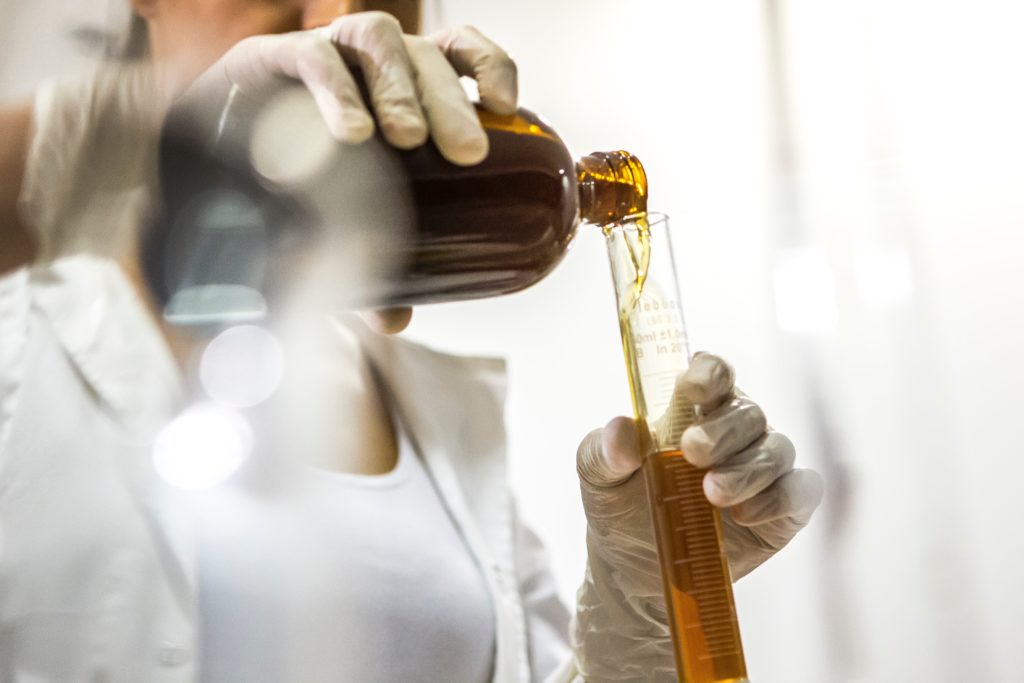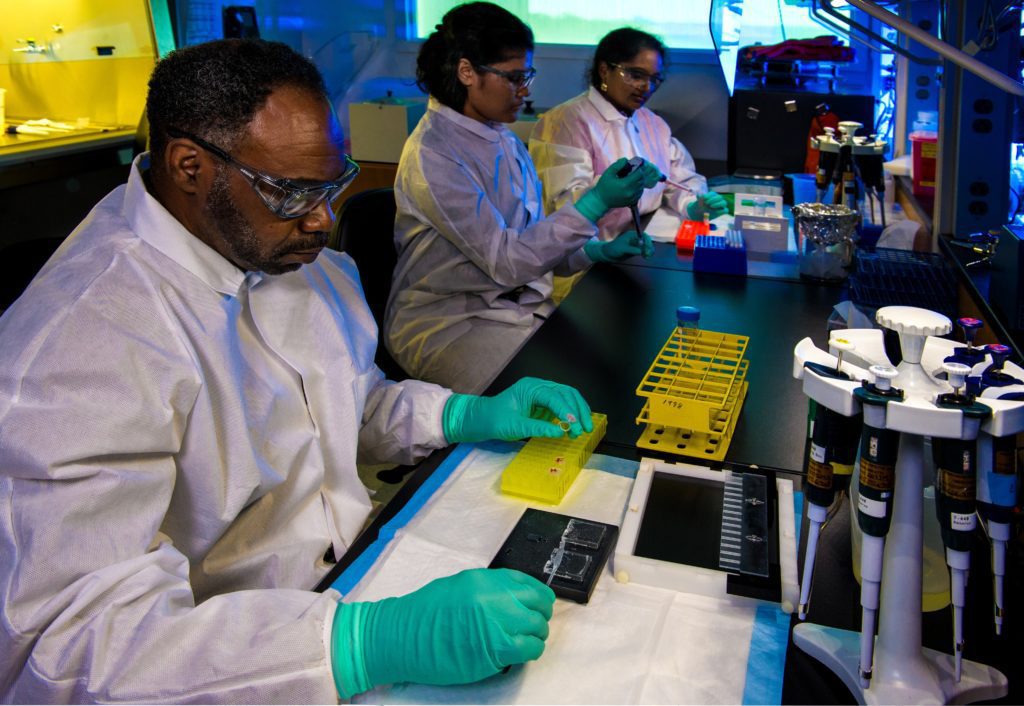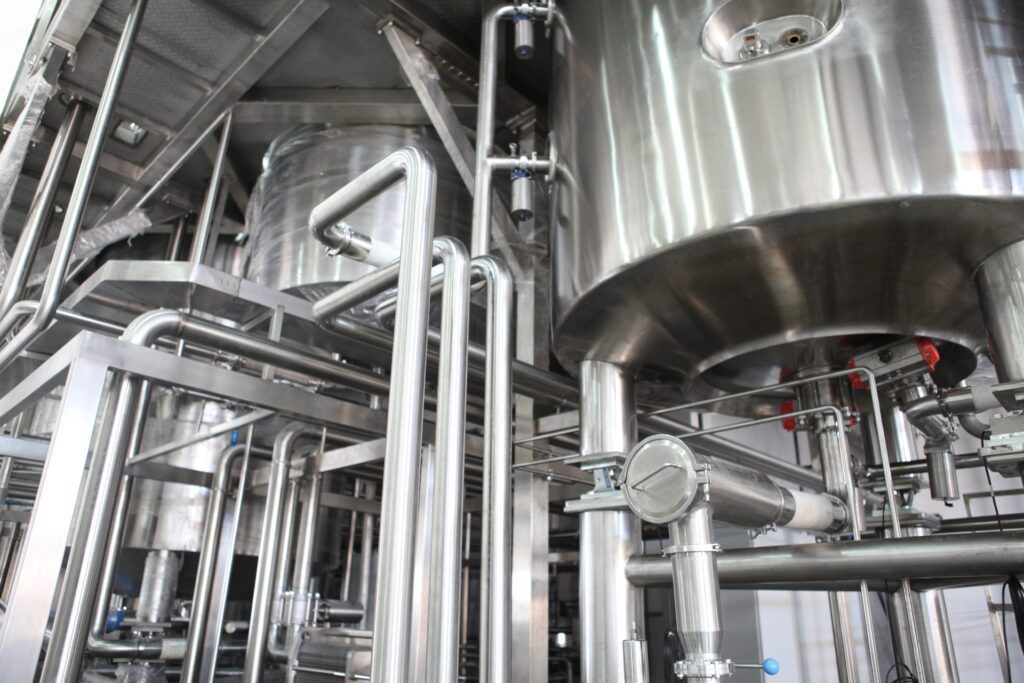09/13/2022 | Industrial Wastewater | 8 MINUTE READ
The Future of Water Science Professionals

Like many industries since the start of the COVID-19 pandemic, there have been a dwindling number of professionals working in the water industry. These numbers have dropped as a result of a higher rate of retirements as well as more competition for companies searching for employees. More competition means that potential employees don’t need to agree to the first job offer they receive.
Along with fewer professionals entering the water industry, water science is also taking a hit in productivity and innovation, the latter of which is needed now more than ever. Water scientists are essential to ongoing public health and the environment. Some areas of focus that water scientists have involve treated water, raw water, and atmosphere research.
It’s possible for a water scientist to specialize in ground water, surface water, or drinking water. These professionals are responsible for maintaining water quality and for making sure that new water conservation technologies are developed. This article takes a more in-depth look at the water science industry and the people who work in it.

What do Water Science Professionals Do?
The water science industry has many possible job positions that you can take part of, which include everything from a wastewater treatment operator to a water quality specialist. The tasks you perform on a given day largely depend on the position you take. If you work your way up to being a wastewater treatment operator, you’ll be given such responsibilities as:
- Maintaining extensive knowledge of the practices used to operate a wastewater treatment plant
- Completing plant inspections and collecting samples
- Making sure that the treatment plant adheres to regulatory compliance
- Offloading chemical deliveries
- Understanding how to use different types of equipment, which include office and lab equipment as well as a SCADA system and forklift
If you’d like to become a water quality scientist, you’ll be able to evaluate different water samples on a regular basis, which allows you to set standards in a facility. These professionals typically perform scientific tests to identify pollutant and toxin levels in water. In the event that samples are below the necessary standards, these issues will be investigated. The main tasks performed by a water quality scientist include:
- Obtaining and testing water samples
- Analyzing data that’s taken from tests
- Working with government representatives and customers
- Investigating sites with contaminated water
There are also roles in the water science industry that allow professionals to design and create the inventions that will further bolster water reclamation efforts in the coming years.

What is the Future of the Water Science Profession?
The water science profession is highly important because of the innovations that are made on a regular basis. These innovations improve water reclamation and water conservation efforts. The primary innovations in water science center around improvements for the supply of safe drinking water, infrastructure upgrades, and drought mitigation techniques.
Potable reuse is also a main area of focus because of the need for clean drinking water. As mentioned previously, there are high retirement numbers for the water industry, which means that the potable reuse innovations that are needed may not happen fast enough if more people don’t enter this industry.
An example of an innovation in the water science industry involves the Los Alamos National Laboratory, which began a sizable research campaign that’s known as the Surface Atmosphere Integrated Field Library. The professionals who are working on this project are tasked with studying the atmosphere, which involves researching water in the mountains and where this water comes from.

In the next two years, this team is set to use lidars, radars, weather baloons, and cameras to obtain data on wind, clouds, precipitation, temperature, solar energy, ozone, and humidity. Aerosols will also be studied, which are small particles in the sky that are responsible for the formation of clouds. By thoroughly studying the sources of aerosols, the researchers at Los Alamos National Laboratory hope to obtain a better idea of which aerosols are essential for the cloud formation that occurs during a storm or large precipitation event. The results from this study are yet another piece in the puzzle of water.
The data that’s collected should enhance earth-system models to ensure a more comprehensive picture of subsurface and surface waters in the nearby mountain region. Once all of the data has been collated, these scientists should be able to more accurately predict the availability of water in the years to come.
What Are the Current Deficiencies in Recruitment?
Despite the ever-increasing need for water scientists, there are currently deficiencies in regards to finding new water scientists to replace the ones who’ve retired over the past few years. Because of the ample amount of work that must be done in any facility that would normally hire a water scientist, most facilities don’t offer internships.
When an internship is provided, human resource and certified operators are tasked with providing training, which takes up time that these individuals could spend elsewhere. As touched upon previously, the higher demand for employees also means that there’s more competition out there, which makes it difficult to hire the right people for the job.

What Are Organizations Doing to Recruit the Next Generation of Water Science Professionals?
Despite the challenges that come with hiring water science professionals, organizations are taking more steps to find and further cultivate science professionals. For instance, many laboratories offer internship programs that may lead to a full-time job as a water scientist once the internship is complete.
Many of the people who enter these internships are high school and college students as well as individuals who are searching for a career change. Even though most of these internships don’t offer pay, the majority of interns go immediately into paying jobs. In order for someone to become an operator at a water treatment facility, they must receive certifications, pass numerous tests, and perform ample amounts of field work.
Another benefit that comes with providing internships is that successful interns at a water treatment facility can work at a wide range of different types of facilities dealing with water, which further strengthens the water industry.
The main downside to unpaid internships is that it’s possible for interns to do as much or more work as fully paid operators, which can create issues with the dynamic between paid professionals and interns. Keep in mind that internships aren’t the only solution available to facilities that require water science professionals.
Depending on the facility in question, an employee referral program can be implemented. Another option involves improving benefits available to part-time and full-time employees. Additional staff members could be trained to expand current recruitment efforts.
What Should be Emphasized to Anyone Interested in Succeeding in Water Science?
Water science professionals pioneer the growth of water reclamation tools while also enhancing the sustainability of the entire water treatment industry. Since water supplies are becoming increasingly scarce, these professionals are more important than ever. If you’re thinking of joining this industry and want to make sure that you succeed, there are several points of emphasis that you should keep in mind as you start your career.

Do Not Be Afraid of Failing
First, it’s important that you aren’t afraid of failure while working in the water science industry. In fact, failure is common and is necessary for eventual success when developing new innovations. If you fear the possibility of failure, it’s likely that you will become too rigid, which could result in you making an increase number of errors.
Have the Right Intentions
It’s also essential that you have the right intentions when you first enter the industry if you want to be satisfied with how your career turns out. There’s a difference between a career and a job, which is something you should know before starting this type of career. If you treat it as a temporary job, you might not put in the effort needed to succeed on a long-term basis.
Learn and Understand What a Leader Truly Is
Being a leader within the water science industry requires time, patience, and an understanding of what’s required of a leader. In this particular industry, leaders aren’t necessarily always at the forefront of what’s going on in a specific facility. You must also understand how to delegate and stand at the side while others are working towards their own success. If your organization is unable to function without a leader, it may be difficult for this organization to survive.
In order for water conservation and reclamation efforts to be successful, the water science industry must be strong. At the moment, there’s a lack of water science professionals, which poses some problems when it comes to the need for future innovations and technological advancements. However, facilities are starting to take recruitment more seriously, which should help to grow the industry long-term. If you would like to start a career in the water science industry, make sure that you meet the education, training, and licensing requirements.
Posted by Dominic O'Donnell on September 13, 2022
Sensorex is a global leader in the design and manufacture of quality sensors for water quality and process applications. The company offers more than 2000 sensor packages for pH, ORP, conductivity, dissolved oxygen, free chlorine, chlorine dioxide, UV transmittance and other specialty measurements, as well as a full line of sensor accessories and transmitters. Its expert technical support engineers solve analytical sensor challenges with custom designs and off the shelf products.




